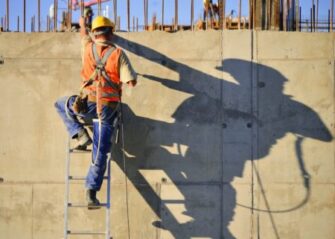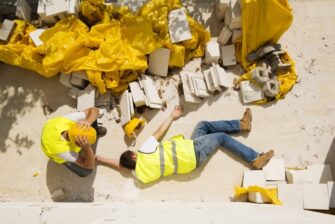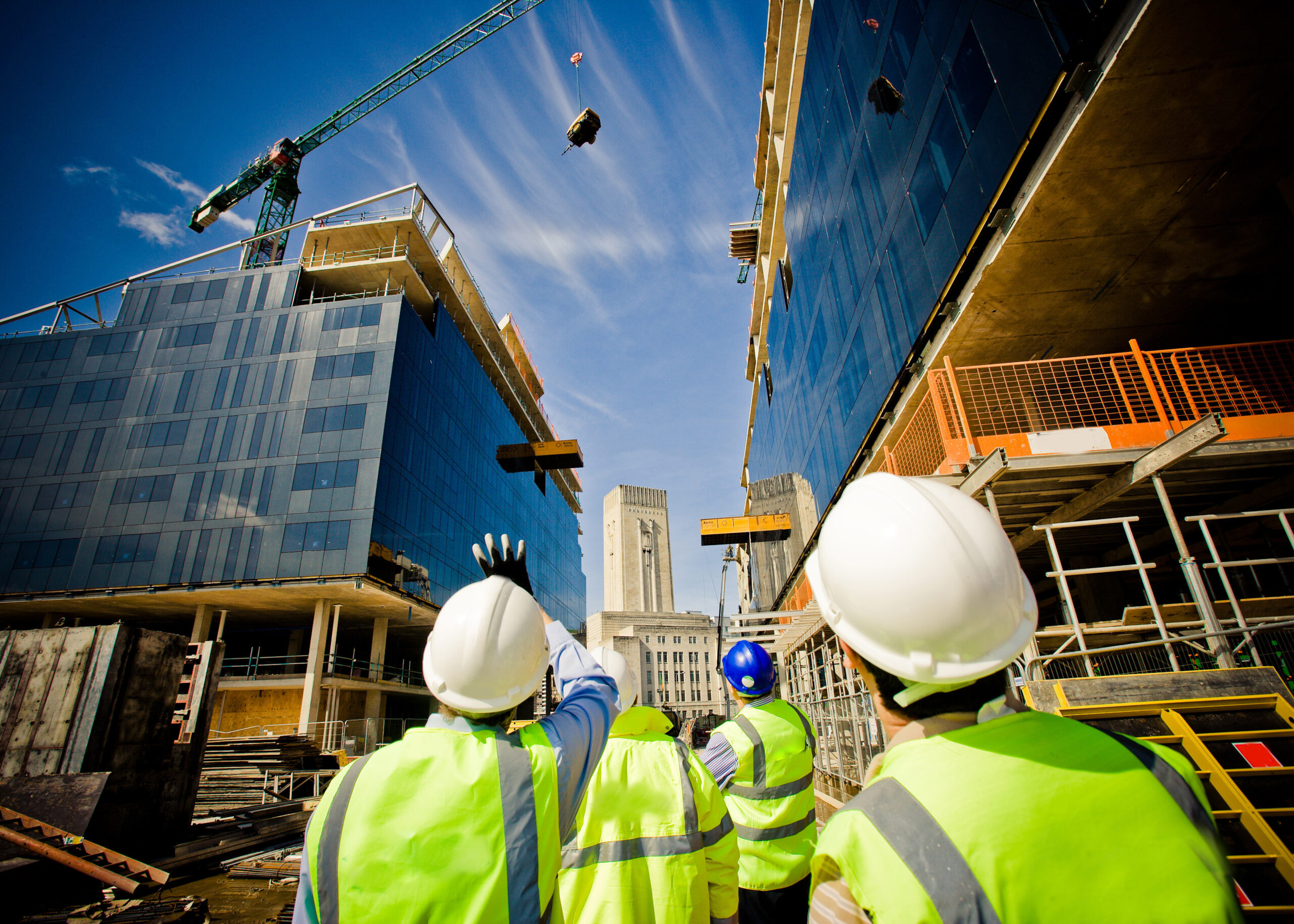Reliable Falls Injury Attorneys in New York - We can help you with your case

Falls are the No. 1 cause of construction site deaths every year in the United States, according to the Occupational Safety and Health Administration. Other cases involve crush injuries, burn injuries, amputation, and scaffold injuries. And unfortunately, many of those accidents could have been prevented had proper precautions been taken.
The state of New York offers special protections for construction workers who are injured in falls. Rather than being restricted to the limited benefits provided by workers’ compensation insurance, construction workers who are seriously injured in falls can pursue full and fair compensation under the state’s “Scaffold Law.” The recommended New York slip and fall attorneys at Belluck Law are well-versed in the complicated laws that govern this dangerous industry, and we are committed to fighting for the rights of workers who are hurt on dangerous jobsites.
If you or a loved one has been seriously hurt in a fall at a construction site, do not take advice from an employer or an insurance company.
Construction Site Fall Hazards
Table of Contents
A construction site fall can be from many stories up, or it could be a slip-and fall at ground level. It can be from a stationary scaffold or from atop an aerial lift platform, from a ladder or from a suspension scaffold. The scenarios are countless and the hazards are equally numerous, from missing ladder rungs to dangerous scaffold planking.
Some of the most common causes of falls on construction sites involve problems with:
- Scaffolding
- Ladders
- Stairwells
- Holes in flooring or roofing
- Trenches
- Ground hazards (causing trip-and-fall accidents)
 No matter what caused your fall, you should speak with a knowledgeable New York construction site accident attorney at Belluck Law to learn about your legal options for pursuing construction accident claims you deserve.
No matter what caused your fall, you should speak with a knowledgeable New York construction site accident attorney at Belluck Law to learn about your legal options for pursuing construction accident claims you deserve.
Falls from Dangerous Scaffolding
OSHA estimates that 4,500 injuries and 50 deaths could be prevented each year if more precautions were taken to protect workers from scaffolding falls. Some of the common causes of scaffolding accidents include:
- Scaffolding that is not able to hold its weight plus four times the maximum intended load
- Scaffolding that is not positioned on a solid foundation
- Scaffolding that is supported by inappropriate objects such as barrels, boxes, loose bricks, or concrete blocks
- Poor supervision of scaffolding set-up and dismantling
- Missing or inadequate guardrails, mid-rails, and toeboards
- Loose scaffold planks or inappropriate material used as scaffold planks
- Lack of regular inspections on scaffolding
- Damaged scaffold accessories such as braces, brackets, trusses, screw legs, or ladders
- Inadequate access to scaffolds
- Scaffolding that is too close to power lines
Falls from Dangerous Ladders and Stairways
Ladder and stairway falls account for about 25,000 construction injuries and 35 deaths every year, according to OSHA. Some of the common causes of these types of construction accidents that involve falls include:
- Damaged ladders or missing ladder safety devices
- Slippery substances on ladders or stairs
- Excessive weight on ladders
- Using ladders that are not tall enough to safely reach the work area
- Using ladders with metal components near sources of electricity
- Dangerous objects, debris, or other materials on stairs
- Inadequate stairway treads
- Missing handrails on stairways
Falls from Dangers on the Ground Level
Injuries aren’t limited to falls from one level to another. In fact, falls on the same level can leave a worker with a mountain of medical bills and unable to work either temporarily or permanently. Some of the common causes of falls on the ground level include:
- Debris and other obstructions on the ground
- Uneven ground surfaces such as cracks and potholes
- Dangerous weather such as ice or snow creating unsafe conditions on the ground
- Lack of signage or other warnings of ground hazards
Common Construction Site Fall Injuries
Injuries from falls at construction sites are often life-threatening or fatal. That’s because not only are workers at risk of falling from great heights, but they may also land on anything from foundations bristling with rebar to a spot that a bulldozer or forklift is bearing down on. Those who survive falls may face treatment for:
- Broken bones: Surgery to place metal rods, plates, or pins is possible. Recovery can take months. Lingering pain, nerve or blood vessel damage, and arthritis are also possible. Breaks in bones can kill through blood loss, blood clots, or infection.
- Back and spinal cord injuries and paralysis: Treatment can range from short-term for minor back sprains and strains to lifelong for severe spinal cord injuries. Difficult and painful physical and occupational therapy as well as vocational rehabilitation are possible, as are partial or full paralysis.
- Head and traumatic brain injuries: Head wounds can be visually gruesome. Meanwhile, a traumatic brain injury can go undetected initially. Life-altering cognitive effects are possible. Grueling physical and psychological rehabilitation may be needed.
- Sprains and strains: Stressing and tearing of tendons and muscle strains are possible. Symptoms can be slow to show, and the pain can be chronic. Treatment ranges from ice packs and elevation of the injured area to painkillers, physical therapy, and surgery.
- Cuts and bruises: Bruises and lacerations are extremely common in construction falls, including from those at ground level.
Treatment for construction site falls can be very costly and last a lifetime. In addition to the financial burdens imposed by these injuries, you may be coping with missed paychecks and severe pain and suffering, both physical and emotional.
Contact Belluck Law for a Free Consultation
Our dedicated attorneys at Belluck Law, LLP have more than two decades of experience protecting the rights of injured workers, and we have secured more than $1 billion for our clients and their families over the years.
Contact our New York personal injury law office today to schedule a consultation. The initial meeting is free, and you won’t pay any attorneys’ fees unless and until we recover compensation in your case.
Sources: